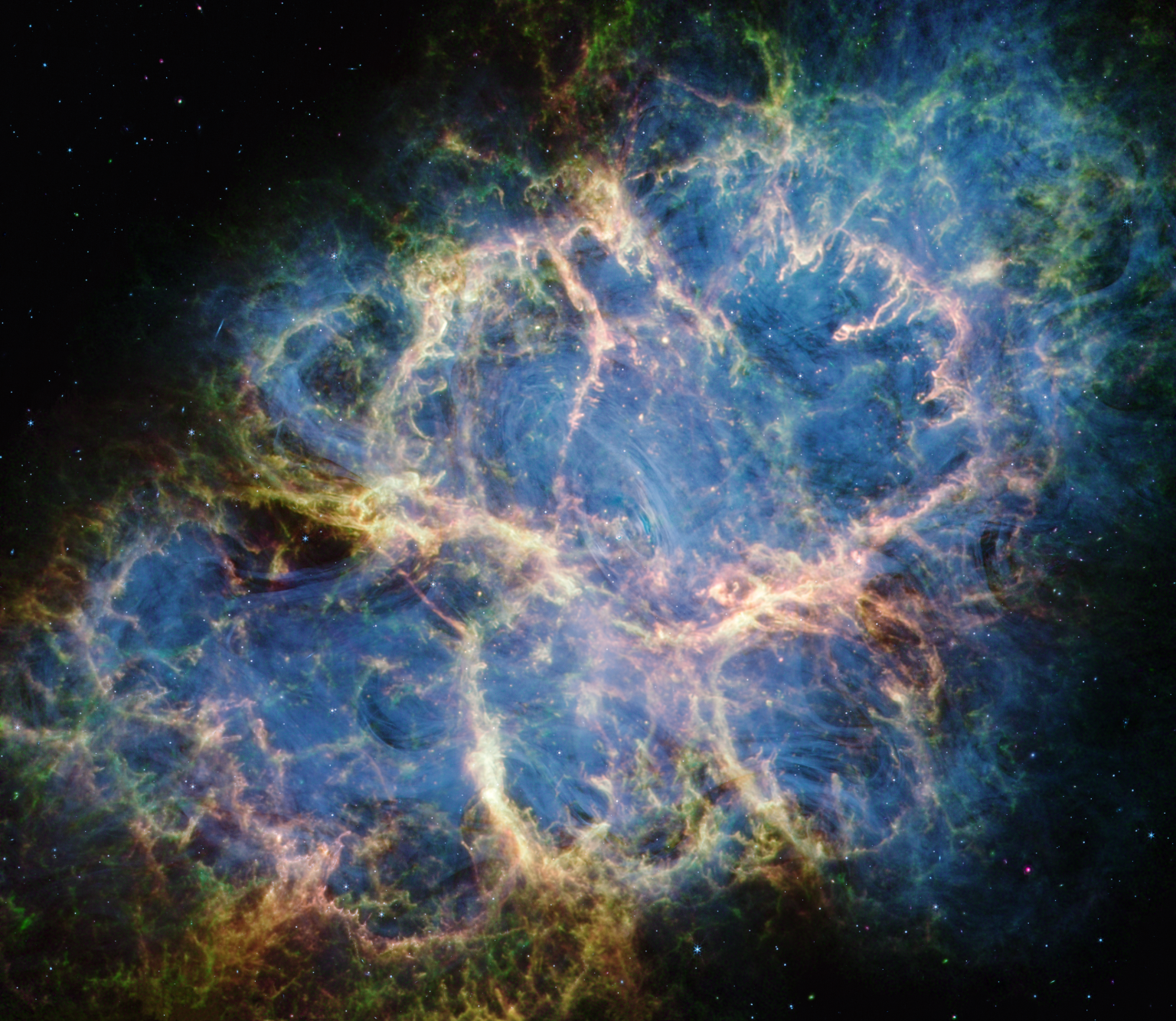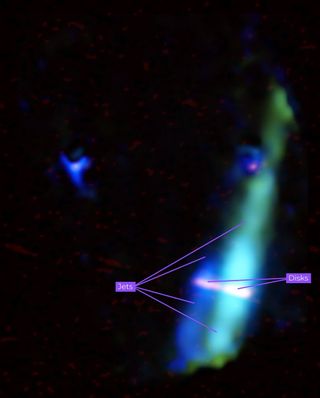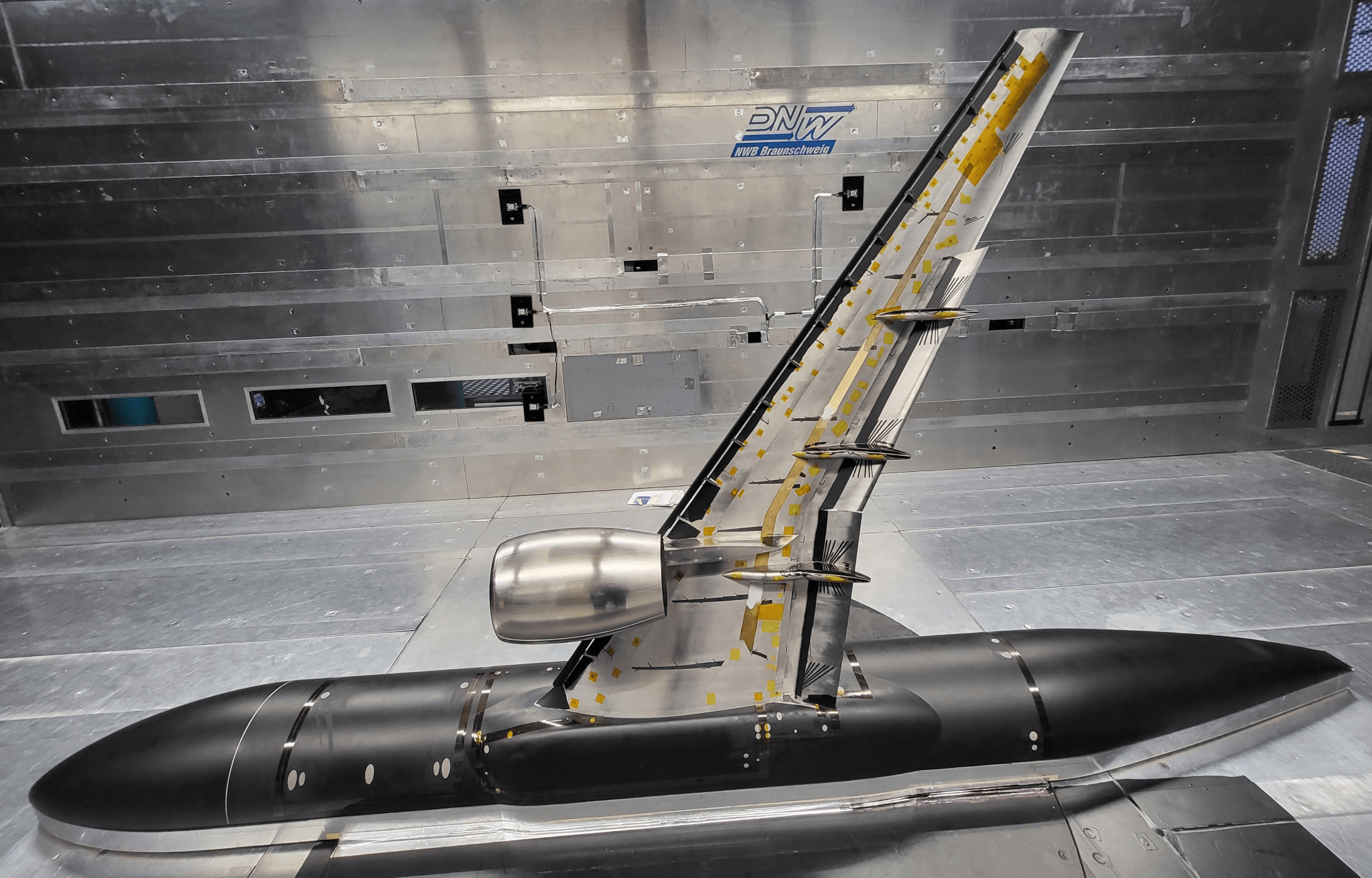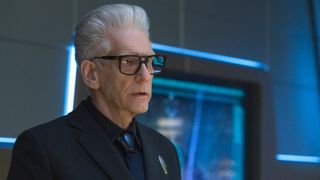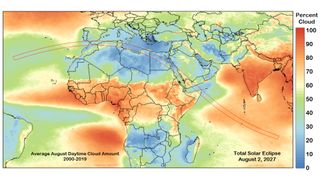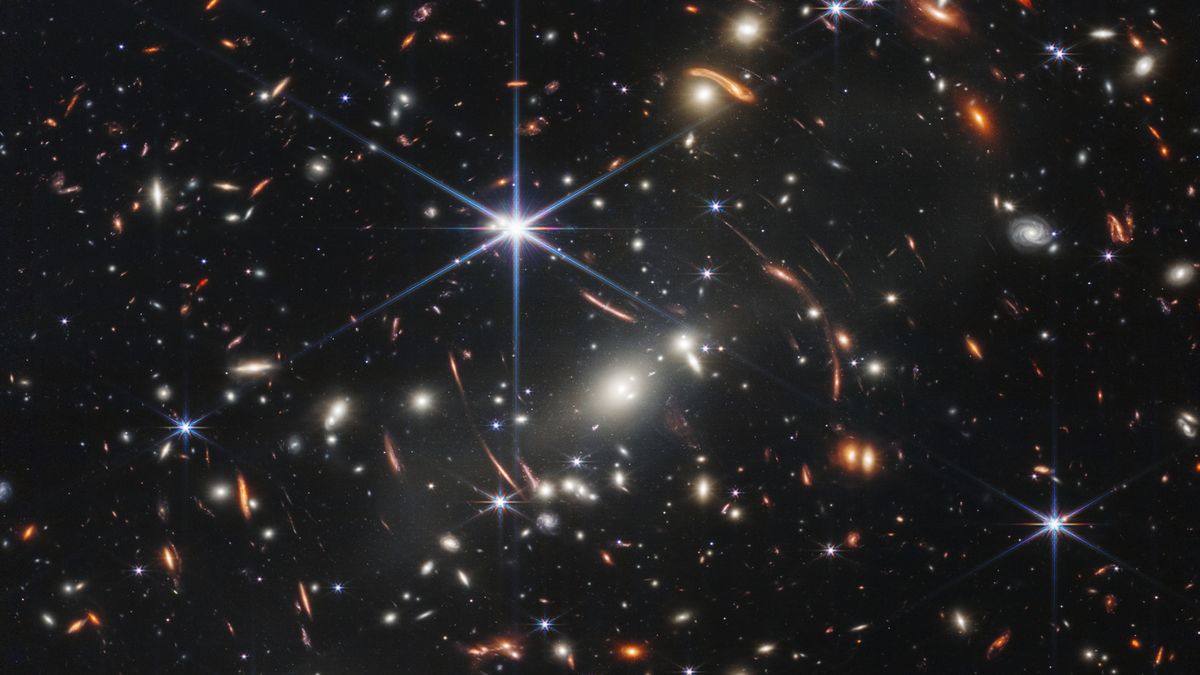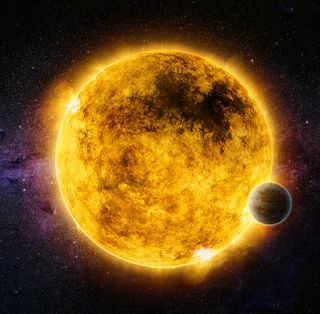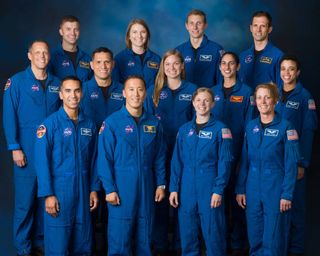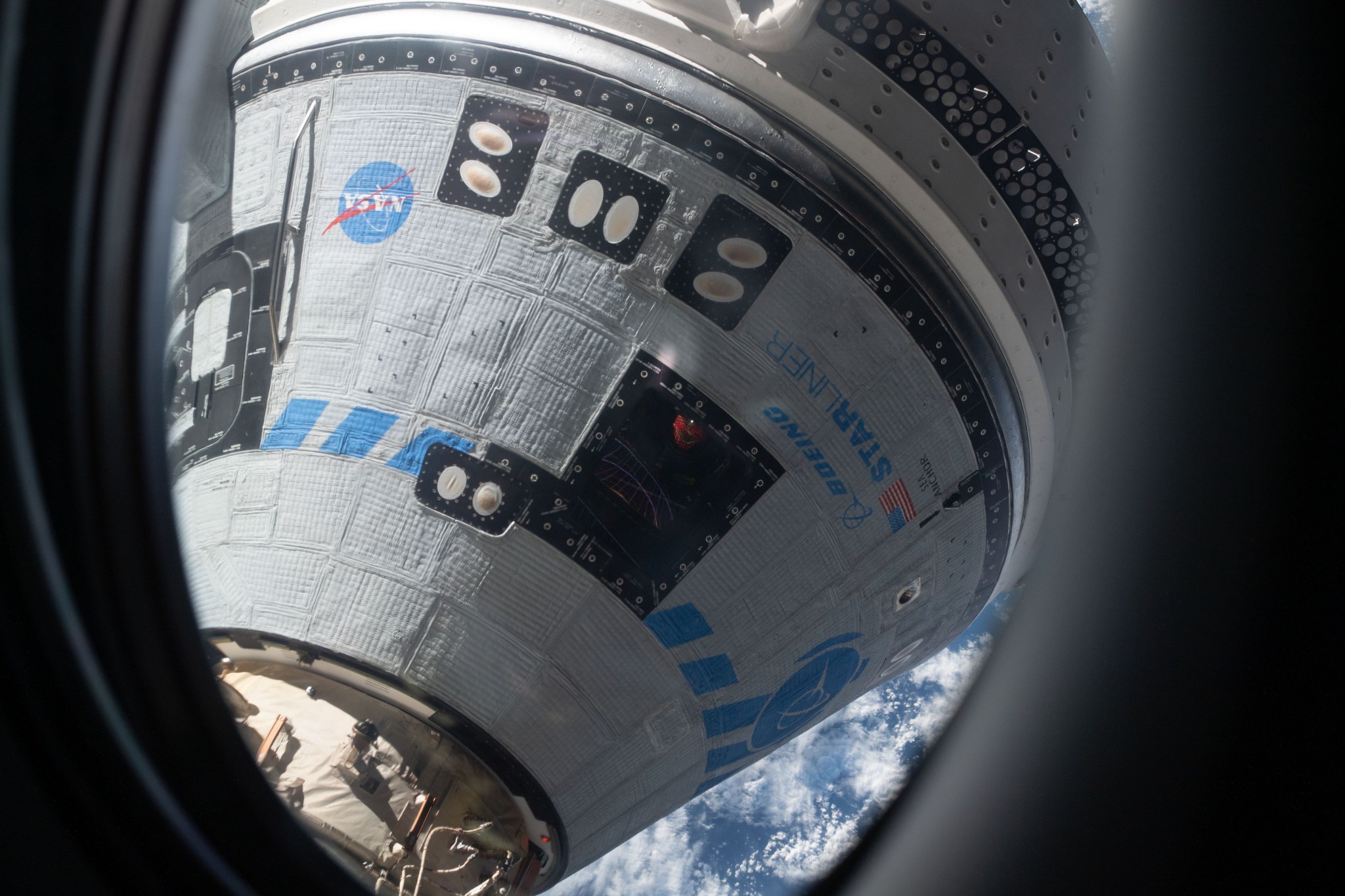6 Min Read Investigating the Origins of the Crab Nebula With NASA’s Webb This image by NASA’s James Webb Space Telescope’s NIRCam (Near-Infrared Camera) and MIRI (Mid-Infrared Instrument) shows different structural details of the Crab Nebula. New data revises our view of this unusual supernova explosion. A team of scientists used NASA’s James Webb Space Telescope to parse the composition of the Crab Nebula, a supernova remnant located 6,500 light-years away in the constellation Taurus. With the telescope’s MIRI (Mid-Infrared Instrument) and NIRCam (Near-Infrared Camera), the team gathered data that…
Read MoreMonth: June 2024
This long-studied star is actually a stellar duo: ‘We were absolutely stunned’
Shrouded in a dense cloud of gas and dust, a young star in the constellation Ophiuchus that astronomers have studied for decades has been found to be a duo. It would also appear that both members of the pair are encircled by a disk of material within which planets may have just begun coalescing. The twin stars, which reside about 400 light-years from Earth in the WL 20 group, are less than a million years old and appear to have pushed away the billowy orange clouds within which they formed,…
Read MoreGlobetrotting NASA Research Model Increases Accuracy
4 min read Preparations for Next Moonwalk Simulations Underway (and Underwater) The NASA 5.2% scale, semi-span version of the High Lift Common Research Model installed in the German-Dutch Wind Tunnels – Braunschweig Low-Speed Wind Tunnel in Braunschweig, Germany on May 4, 2023. NASA NASA and its international partners are using the same generically shaped wing design to create physical and digital research models to better understand how air moves around an aircraft during takeoff and landing. Various organizations are doing computer modeling with computational tools and conducting wind tunnel tests…
Read MoreWho is Dr. Kovich in ‘Star Trek: Discovery’? The mystery explained
With his trademark suit-and-tie an anomaly among the primary-coloured uniforms of the 32nd century, Dr. Kovich always looked like a man out of time. Played by legendary director David Cronenberg — who, like “Star Trek: Discovery” itself, hails from Toronto — Starfleet’s biggest enigma has been an unknowable presence at Starfleet headquarters ever since the Disco crew landed in the distant future. Now, thanks to a major revelation in series finale “Life, Itself”, Kovich’s true identity is no longer a mystery — in fact, we now know where we’ve seen him before,…
Read More10 top tips for planning your 2027 solar eclipse trip
Are you preparing for the “eclipse of the century”? Once word gets out about the landmark total solar eclipse on Aug. 2, 2027, you can bet that thousands of eclipse chasers will plan a trip to the path of totality. Perhaps the biggest draw of this landmark solar eclipse is the length of totality, which will reach 6 minutes, 23 seconds. The potential viewing locations will attract many onlookers, with ancient Egyptian temples and Roman ruins within the path of totality. And who can overlook the excellent weather prospects? Whereas…
Read MoreWhere is the center of the universe?
The universe is undeniably vast, and from our perspective, it may seem like Earth is in the middle of everything. But is there a center of the cosmos, and if so, where is it? If the Big Bang started the universe, then where did it all come from, and where is it going? To start tackling these questions, let’s go back about 100 years. In the 1920s, astronomer Edwin Hubble made two amazing back-to-back discoveries: Early in the decade, he found that “island universes,” now known as galaxies, sit very…
Read MoreCould nearby stars have habitable exoplanets? NASA’s Chandra X-ray Observatory hopes to find out
The search for life beyond Earth dutifully continues. Astronomers using NASA’s Chandra X-ray Observatory, as well as the European Space Agency‘s XMM-Newton, are contributing some new research to the hunt — and hoping to lay the groundwork for future projects. The researchers are using Chandra to study radiation emitted from nearby stars to establish whether or not an exoplanet orbiting those stars could be habitable. X-rays and ultraviolet light could, at high-enough levels, damage an exoplanet’s atmosphere, reducing the possibility of supporting life (as we know it, anyway). “Without characterizing X-rays…
Read MoreThis Week In Space podcast: Episode 115 —Our Friendly Mr. Sun
On Episode 115 of This Week In Space, Rod Pyle and Tariq Malik talk about the sun and solar activity cycles. We see the sun every day as it rises and sets… it’s one of the few constants in life. But it’s a very dynamic body, throwing minor temper tantrums regularly. As it happens, we’re at the peak of its 11-year cycle of activity and there’s a lot going on! Dr. Alex Young, the Associate Director for Science in the Heliophysics Science Division at NASA’s Goddard Space Flight Center, joins…
Read MoreSpace weather forecasting needs an upgrade to protect future Artemis astronauts
NASA has set its sights on the moon, aiming to send astronauts back to the lunar surface by 2026 and establish a long-term presence there by the 2030s. But the moon isn’t exactly a habitable place for people. Cosmic rays from distant stars and galaxies and solar energetic particles from the sun bombard the surface, and exposure to these particles can pose a risk to human health. Both galactic cosmic rays and solar energetic particles, are high-energy particles that travel close to the speed of light. While galactic cosmic radiation…
Read MoreNASA, Boeing to Discuss Starliner’s Mission
Boeing’s Starliner spacecraft docked to the Harmony module of the International Space Station on the company’s Orbital Flight Test-2 mission (Credits: NASA) NASA and Boeing will discuss Starliner’s mission and departure from the International Space Station as part of the agency’s Boeing Crew Flight Test in a pre-departure media teleconference at 12 p.m. EDT Tuesday, June 18. NASA, Boeing, and station management teams will evaluate mission requirements and weather conditions at available landing locations in the southwestern U.S. before committing to the spacecraft’s departure from the orbiting laboratory. Participants in…
Read More